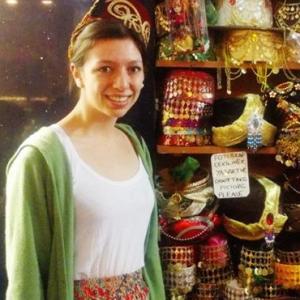Mexico’s ancient civilizations left a legacy over the land: great cities crowned by impressive pyramids, decorated temples, sacrificial sites with savage stories and even ball-game courts. Sites which mesmerised the Spanish who arrived in Mexico in 1519, and continue to mesmerise millions today. The country can boast with ease the most UNESCO World Heritage Sites of the Americas.
The ancient civilizations were tremendously sophisticated; Mayans made notable achievements in Astronomy as well as devising the only known fully developed writing system of the pre-Columbian Americas. Their cities and its sculptures remain testament to Mayan eminence, with monuments that were built to celebrate celestial happenings and hieroglyphics still scrawled along the walls.
While the Mayans, thriving roughly between 250AD and 900AD, encompassed south-eastern Mexico, Guatemala, Belize, El Salvador and western Honduras, the Aztecs were based in what is now central Mexico, between the 14th and 16th centuries.
Here are our pick of the best ruins in Mexico, deep in jungle lowlands or fortified on the coast, which demonstrate the triumphs of these engineering people.
Palenque

On the northern edge of the Chiapas Highlands, engulfed by steamy jungle, teeming with wildlife, surrounded by streams to swim in complete with dazzling aquamarine waterfalls, lies the ancient Mayan city of Palenque. Anciently also known as Lakamha, “Big Water”.
Palenque was an important administrative centre to the Mayan empire and much of its history has been reconstructed through reading its hieroglyphic inscriptions. It is home to more than 1400 temples, along with burial site Templo de las Inscipciones, the largest Mayan stepped pyramid; hidden forest ruins of Bonampak, famous for its mural paintings and for holding prized Mayan artefact: the jade death mask of Palenque’s great King Pacal.
Estimations say that less than 10% of the total area of the city has been explored, leaving more than a thousand structures still covered by jungle! So bring along a spade…
Chichen Itza
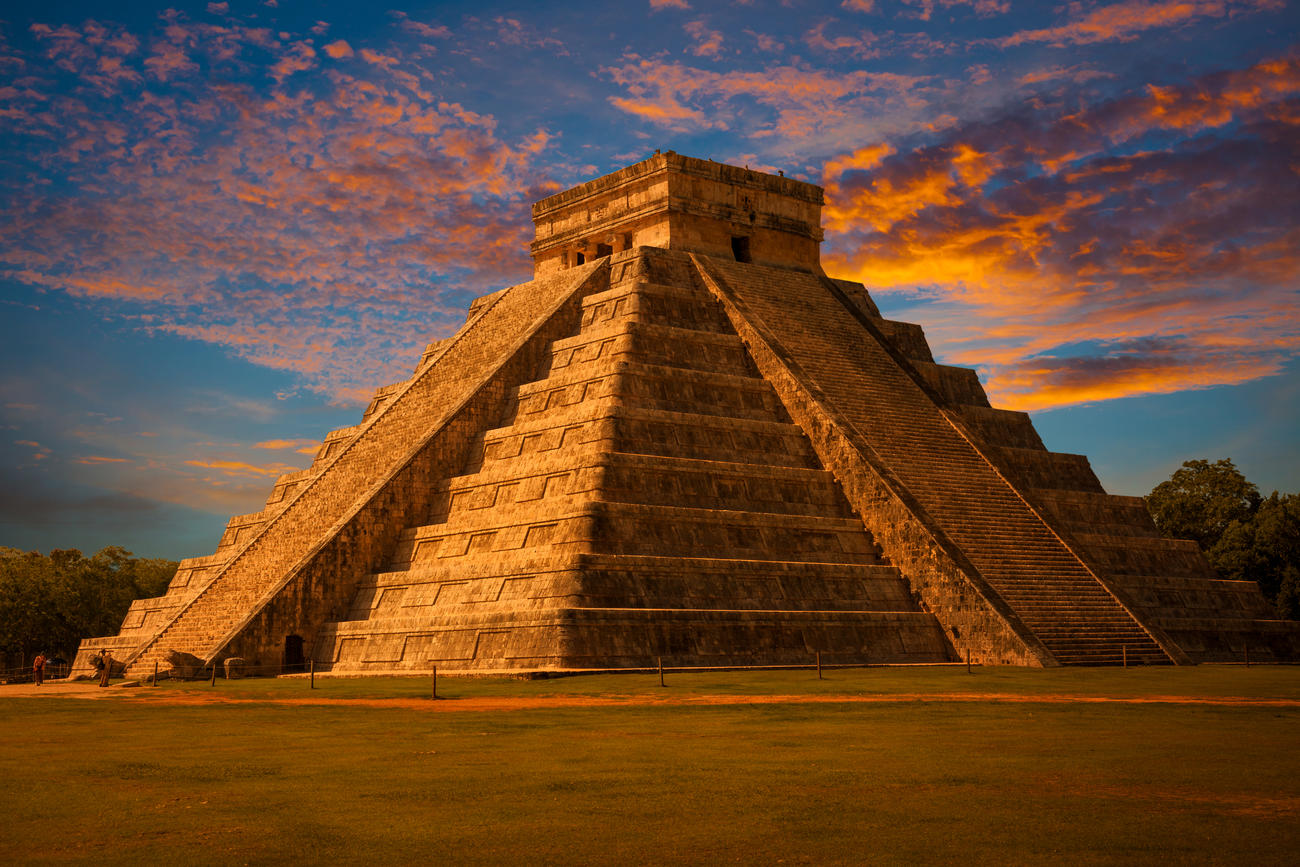
You may have heard of this one...
A masterpiece of design and a great mythical city which lay as the heart of Mayan culture for almost a thousand years, Chichen Itza translates as “at the mouth of the well of Itza”, with Itza being an ethnic-lineage group that gained political and economic dominance on the northern peninsula.
Chichen Itza was a highly diverse Mayan city, affording it its mix of architectural styles: here you will see both Mayan and Toltec cultures represented in the collection of temples and palaces. Amazingly, the arid region is short on water, but this ancient culture designed wells and water systems to help supply the city with its own water resource, which you can still see today.
You will, of course, also see the intricate, 24-metre high, wonder of the world, Kukulkan Pyramid, known as El Castillo. To demonstrate its culture advancement, El Castillo is one of the most unique structures of the ancient world. It has four sides, each with 91 stairs and facing a cardinal direction; including the step on the top platform, these combine for a total of 365 steps—the number of days in the solar year. During the spring and autumnal equinoxes, shadows cast by the setting sun give the appearance of a snake moving down the stairways. But other wonders abound! The complex is almost two square miles in size and includes temples, ball courts, and an observatory.
Uxmal
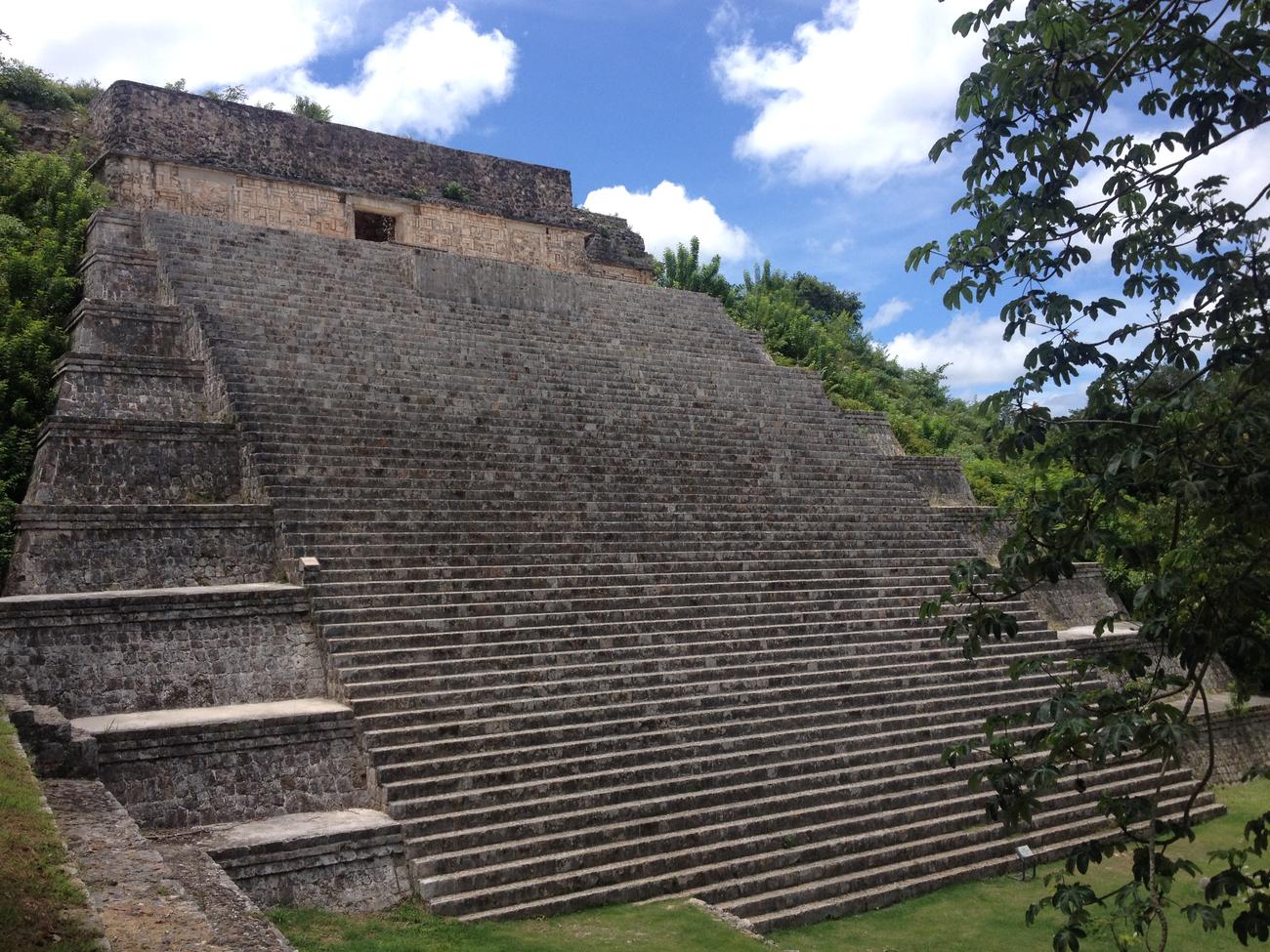
A UNESCO World Heritage Site, Uxmal was established around 600AD and was one of the largest cities on the Yucatan Peninsula. Fit with reservoirs to provide water in the dry season, Uxmal is a terrific testament to Mayan engineering abilities.
The city has its place in Mayan legend, in the story of The Dwarf-Wizard of Uxmal where the “invisible city” was said to be built by magic in one night. Unlike Rome, Uxmal really was built in a day! Architectural highlights include the Palace of the Governors; the Palace of the Chaac Masks, covered in hundreds of stones masks of the rain god, Chaac, and the Pyramid of the Magician, a dominating and mystical presence and the highest building in Uxmal.
The city name is thought to derive from either “Oxmal”: three-times built, or “Uchmal”: what is to come, the future. Perhaps they had predicted it would remain standing as an awe-striking site to round the world visitors who want to travel to mayan ruins for more than one and a half thousand years later!
Yaxchilan
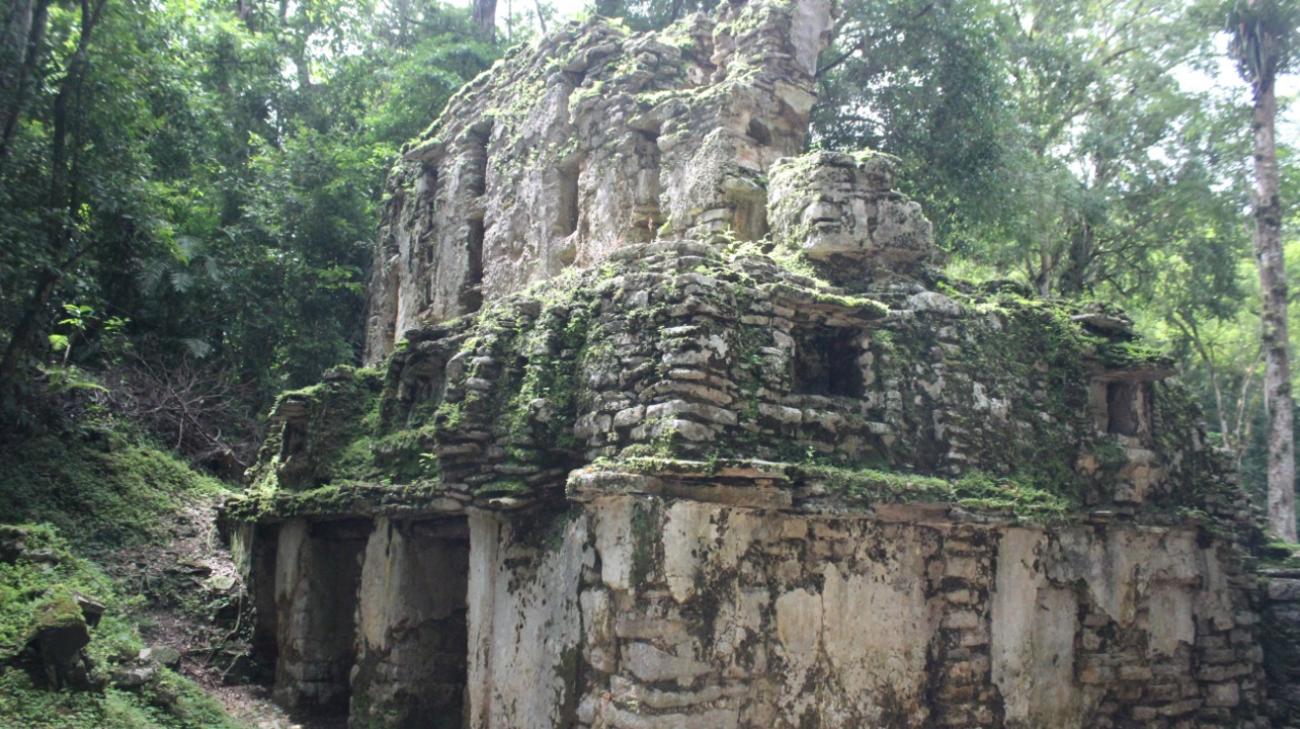
This is one of the least visited, but still best Mayan ruins in Mexico. On the bank of the Usumacinta River, Yaxchilan - said to mean “Green Stones” in an unspecified Maya language - is brimming with detailed facades and stone lintels, with over 120 carvings and inscriptions to examine as you listen to nearby howler monkeys. We cannot omit to mention the fantastic names of those who ruled here, from “Moon Skull” meaning spear-thrower to “Bird Jaguar II” – so good they named him twice.
Tulum
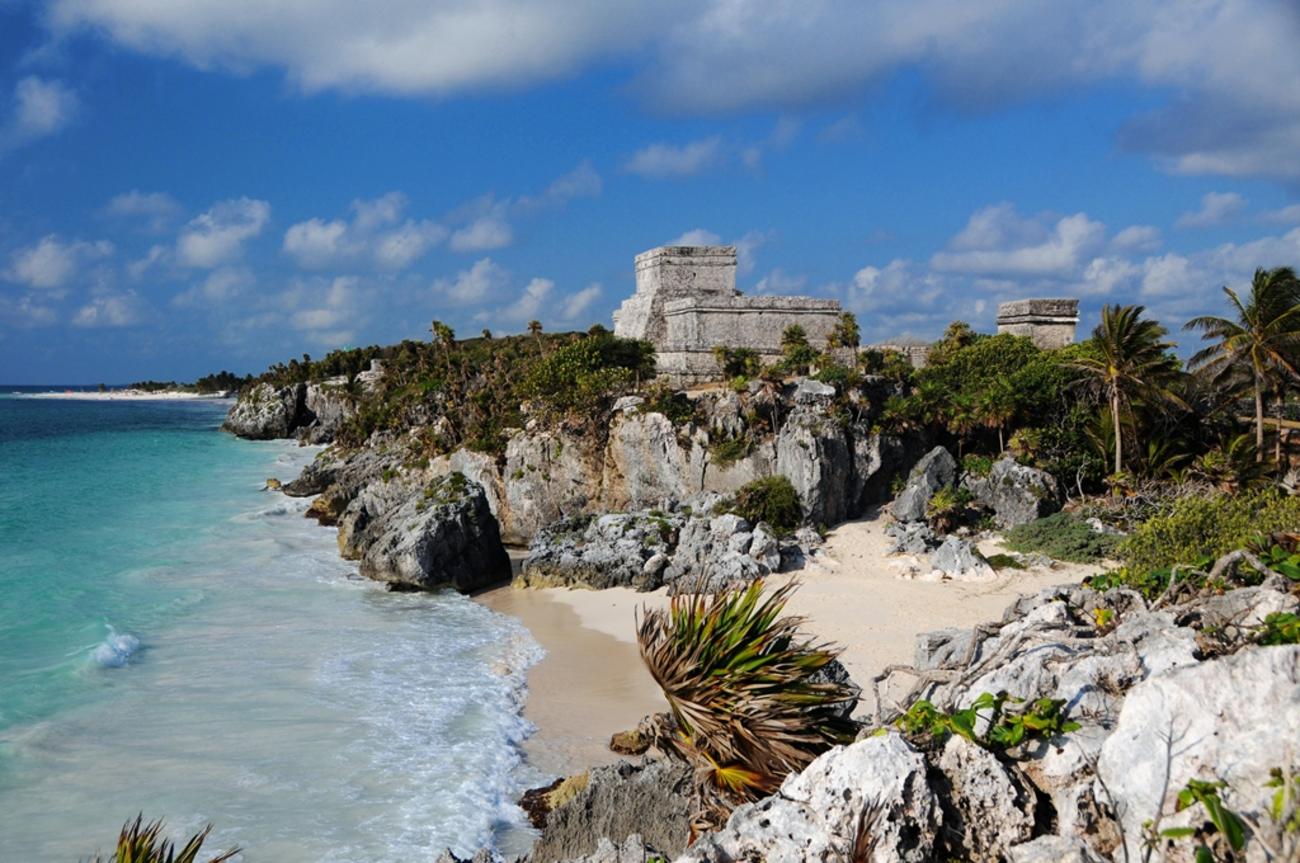
Standing on a cliff face on the eastern coast of the Yucatan Peninsula, facing across the Caribbean Sea lies Tulum, a city fortified by a wall eight metres thick with heights of five metres at points, so appropriately translates as the Mayan word for fence, wall or trench.
The mighty wall has helped to preserve this city, which was both one of the largest and last of the Mayan cities. It is thought the demise of its dwellers was brought about by diseases brought by the Spanish settlers.
Tulum was an important trade hub and served as a major port. It is famed for its white beaches and azure waters around it, Wild Frontiers founder Jonny describes it as the world’s most beautiful beach. Tulum was formerly known as Zama, City of Dawn, because it faces the sunrise.
Around sixty buildings still stand, though this is thought to only represent a tenth of the original city! Of these are three structures of interest: El Castillo; the Temple of the Frescoes – used as an observatory for tracking the movements of the sun and the Temple of the Descending God.
Calakmul
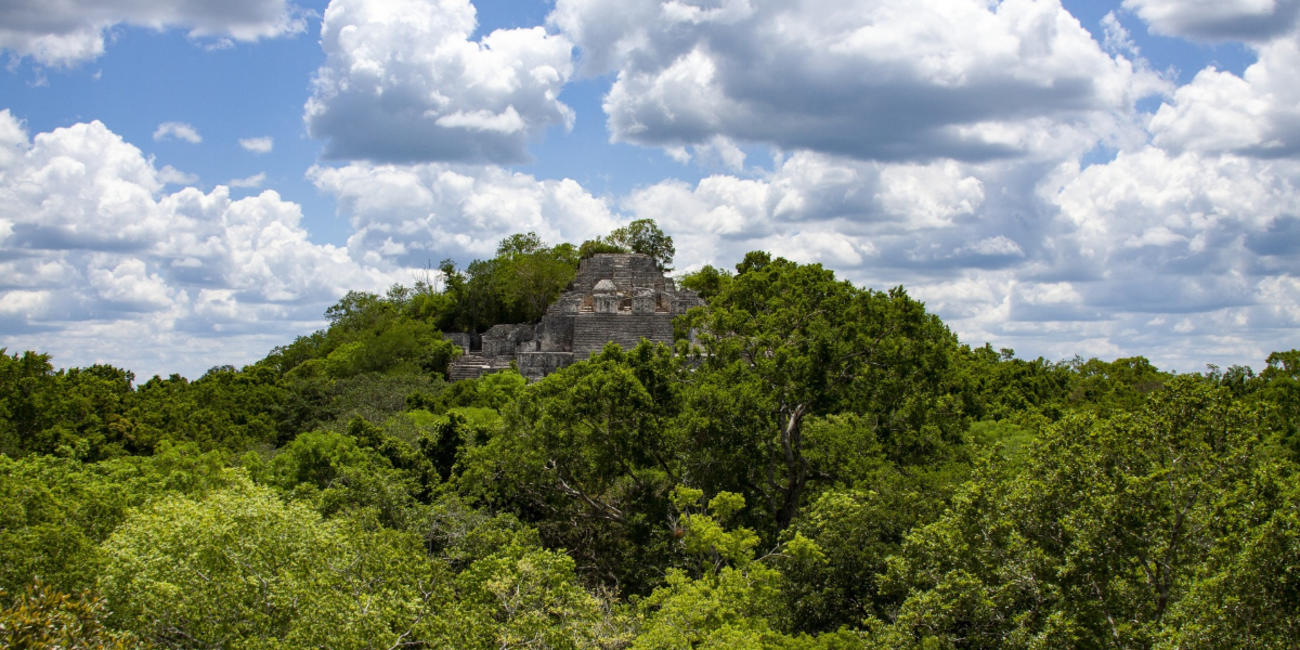
Located nearest to the Guatemala border in Campeche, Mexico, this ancient ruin existed for twelve centuries from (500 B.C. to 900 A.D.). The word Calakmul translates to the “City of Two Adjacent Pyramids.” Its southern location is positioned in the state of Quintana Roo and, thus, it’s the epicenter of the Peten Mayan Region.
The ancient city once hailed 50,000 inhabitants, 6,700 structures, and various buildings designed for commerce. The entire site is just over 27 square kilometers and has more structures than any other Mayan settlements in the region.
To immerse yourself in its majestic architectural design, we recommend dedicating an entire day for exploring. As one of the most historically rich sites, there is much to learn and discover among this ancient ruin. For one, Calakmul is one of the most advanced markers of the ancient world, with urban zones that encapsulate residential and commerce structures that pronounce how integrated this civilisation lived. Plus its network of canals, waterways, lagoons, and reservoirs exemplify its advancements. Further, located in the dense tropics, Calakmul is surrounded by mature forests and vegetation further exemplifying the connection ancient Maya’s made between man and nature.
Monte Alban
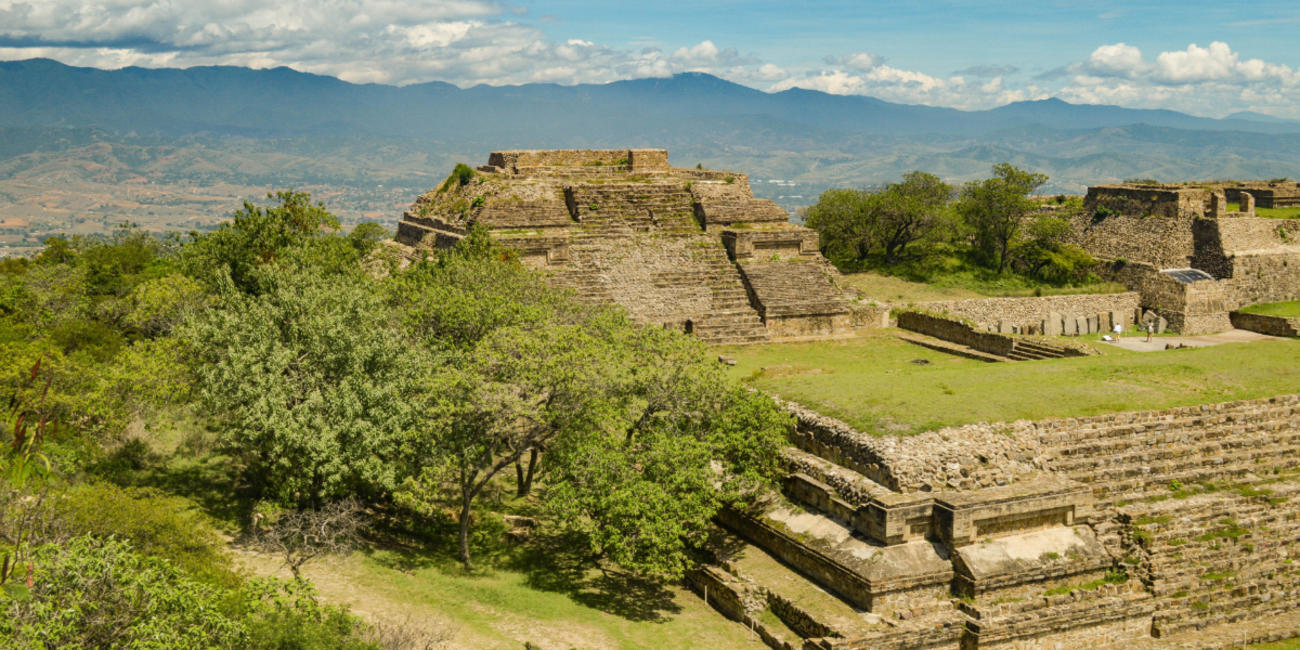
Located in what is now Oaxaca, Mexico this site was the center of Zapotec and Mixtec cultures. Its city structure doubles as a fortress and boasts 360-views of the city and surrounding mountains. The initiatial construction of this site dates back to 8th Centur BCE.
The surrounding areas are some of Mexico’s most ethnically diverse areas with various indigenous cultures, most of whom are workers and subsistence farmers. The site itself includes palaces, temples, a ball court, and an observatory. The ancient civilisations inhabited this area for nearly 1,500 years. The terraces, dams, canals, and various other structures were quite literally carved out of the surrounding mountains. Since this area is located in a seismic zone, meaning there are frequent earthquakes, the architecture showcases thick walls and low buildings.
The ancient customs of the region are kept alive by the mestizo people. Journey to this area to witness a true wonder in southern Mexico.
